I just performed an AC Simulation on QUCS and was asked to find values
of gain and phase at low freq. and high freq and at the -3dB frequency
point with the roll-off slope.
I think you can see that at DC the gain is unity and the phase angle is 0 °.
At high frequency, it's really asking you what the gain is at infinite frequency and that has to be zero but, the phase is clearly -90 °.
When I'm meant to mark low freq. and high freq., do I just mark 1e03
and 1e09?
You shouldn't limit yourself to what the bode plot phase response is limited to. In other words, think outside the box a little.
What point is the -3dB freq?
By definition, the -3dB frequency is when the output power is half the input power.
In decibels that's \$10\log_{10}(0.5)\$ = -3.0103 dB or "-3 dB" for shorthand.
And, half power is when the output voltage has dropped to 0.707107 compared to the input voltage. This is because \$\color{red}{20}\log_{10}(0.707107)\$ = -3.0103 dB.
Note I made the "20" in red to signify the difference when calculating voltage decibels.
And, the "-3 dB" point happens when R = \$X_C\$. Hence: -
$$R = \dfrac{1}{2\pi f C} \hspace{1cm}\text{or}\hspace{1cm} f = \dfrac{1}{2\pi R C}$$
How do I get the roll-off slope - do I just calculate the gradient at
the -3dB point or do I do something else?
The roll-off slope is 20 dB/decade for a single order low pass filter. What does this mean you might ask? It basically means that at a frequency well above the -3 dB point, if frequency rises by (say) ten times, the output amplitude drops by 10 times. Dropping by ten times is a reduction of 20 dB hence, the slope is 20 dB per decade.
You could also say that if the frequency doubles then the amplitude halves and this would imply 6.0205 dB per octave (or 6 dB per octave for shorthand). In other words, we say that this is approximately true: -
6 dB/octave = 20 dB/decade.

The frequency of 1.5915 MHz comes from the R and C used in the question and the formula higher up in this answer.


